What a wild week for the market it has been! The selloff in tech continued (in an ugly fashion), while other sectors like energy and the financials saw enough strength on rotation to keep the $SPY from flushing like $QQQ.
The week turned out to be a profitable one, but before we jump into the positives and what I did right, let my mention a few of the things I did wrong:
While my trades went well, my discipline outside of the market left a lot to be desired last week. My sleep schedule was awful, often waking up around 2:00-3:00am after only a handful of hours of sleep. I feel this is important to mention, because sleep & nutrition plays a vital role in our ability to perform at our best.
Personally, when my sleep schedule is out of whack, I feel a huge difference in my level of focus & energy. Low energy and a foggy mind are not a good combination for operating at peak performance. It may have been a profitable week, but it’s things like this outside of trading that I need some major improvement on. My goal is to become the best trader I can possibly be, and things like sleeping and eating right are an important piece of the puzzle that shouldn’t be ignored.
Now, onto the positives. By focusing on the basics of the game last week, we were able to string together a handful of really nice trades. For open & closed trades taken last week, I finished the week +$7,900 in my TOS account. While those are good numbers in my book, what’s more important than the profits is the execution that leads to them.
As you know, my favorite trades are selling put credit spreads on stocks in a tight squeeze with a bullish structure. While that tends to work like a charm during a low-volatility environment, even the best looking squeezes can fall apart when volatility spikes like we saw last week. Once the $VIX is ramping, and the indexes are trading under their daily 21-period EMA, I like to shift my focus from trading squeezes, to what we can call RTM (reversion to the mean trades).
In a high-volatility environment, RTM trades offer a great opportunity to profit on the swings from “one extreme to another”. Remember, whether we’re trending to the upside or to the downside, all the market typically does is move 2-3 ATR away from it’s 21EMA, before reverting back to it. Once $VIX is spiking and the indexes are under their daily 21EMA, here’s the playbook:
- Short the rejections of the 21EMA, take profits at 2-3ATR to the downside
- Once 2-3 ATR under the 21EMA, look to play the market long for a reversion back up to the 21EMA.
- Once back to the 21EMA, UNLESS WE CLOSE ABOVE IT, lock gains on the long position and look to short once again.

Rinse & repeat, my friends. The concept of RTM is a basic one, but one that is crucial to understand in order to reach consistent profitability in any environment. Without this understanding, you run the risk of unknowingly getting long or short at some of the worst spots possible. Following the ebbs & flows of the market, here’s a breakdown of the trades we opened & closed last week:
TRADE 1: Long at the extension
– On Friday 2/26, the market was trading at 2-3+ ATR under the 21ema going into the close. This means there was now a growing probability that we would bounce back up to the 21ema over the next few days. For this reason, we sold a pcs on $GOOGL, expecting it to move higher early in the coming week with any strength in the market.
– On Monday 3/01, the markets ran hard, with $QQQ making it all the way back up to its 21EMA. With the strength in tech, $GOOGL made a solid push that allowed us to buy back our put credit spread at 50% of it’s max profit
TRADES 2-4: Short the rejection
– $QQQ rallied all the way back to it’s 21EMA on 3/05, but failed to close above it with the histogram remaining bearish. Because of this rejection at the 21, we knew there was a good chance we would once again drop another 2-3 ATR to the downside, so we sold call credit spreads on $NDX, $AMZN, and $QQQ.
– Over the following days, the market gave us our 2-3 ATR move to the downside, and we bought back our call credit spreads for some really solid gains.
These were 4 low-stress, profitable trades that we were able to take advantage of by doing two things well:
- Focusing on the basics
- Respecting the current market environment
We all have our favorite setups, but part of being a good trader is knowing that your setups may thrive in one environment, and suddenly stop working in another. Respect the environment, focus on the basics, and take advantage of what the market is currently offering. If you force yourself and your strategy on the market, you’re in for a rough ride. If you let Mama Market lead, you’re making things much easier on yourself!

